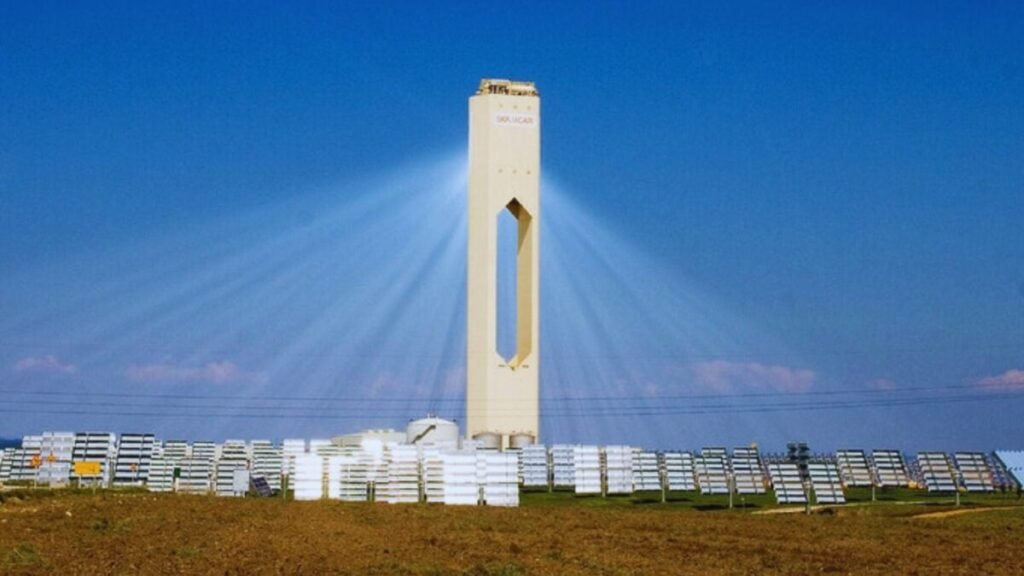In Baja California Sur, they’re preparing a power plant that promises light even at night: Mexico is betting on a technology with a controversial past

The history of solar thermal power in Mexico is marked by grand promises and economic failures. However, Mexico has decided to bet on this technology as a key piece of its energy strategy. The first power plant in the country will be built in Baja California Sur, an isolated territory with frequent power outages.
An uncomfortable precedent: the lesson of Ivanpah
In 2014, the United States was the stage for a mega-project: Ivanpah, with 392 MW of power and a cost of 2.2 billion dollars. The plant, based on mirrors concentrating radiation on towers, ended up facing technical problems, costs exceeding the budget, and a controversial environmental impact that included thousands of dead birds each year. This failure serves as a warning that solar thermal power does not always guarantee economic success.
The Mexican project and its emphasis on storage
Nevertheless, Mexico has presented its plan: a tower plant with heliostats and thermal storage capable of generating electricity at night. “We are at the forefront of renewable energies,” stated the president, highlighting the importance of storage as a differentiating element. The project, still without a confirmed location or open bidding, is expected to be completed within 36 to 48 months. The investment of 800 million dollars is part of a package of 25 projects in the CFE’s 2025-2030 Expansion Plan.
Baja California Sur: an energy laboratory
The choice is not random. Baja California Sur relies on expensive and polluting fossil fuels, making it vulnerable to blackouts, as seen in July. With only 21.5% renewable electricity in 2023 – far from the 35% target for 2030 – Mexico needs projects to diversify its energy mix. Solar thermal power, with its ability to store heat and generate stable electricity, offers an alternative to natural gas combined cycles. However, it also tests whether this technology, which has struggled in the past compared to photovoltaics, can become a solid bet for a cleaner energy future.




